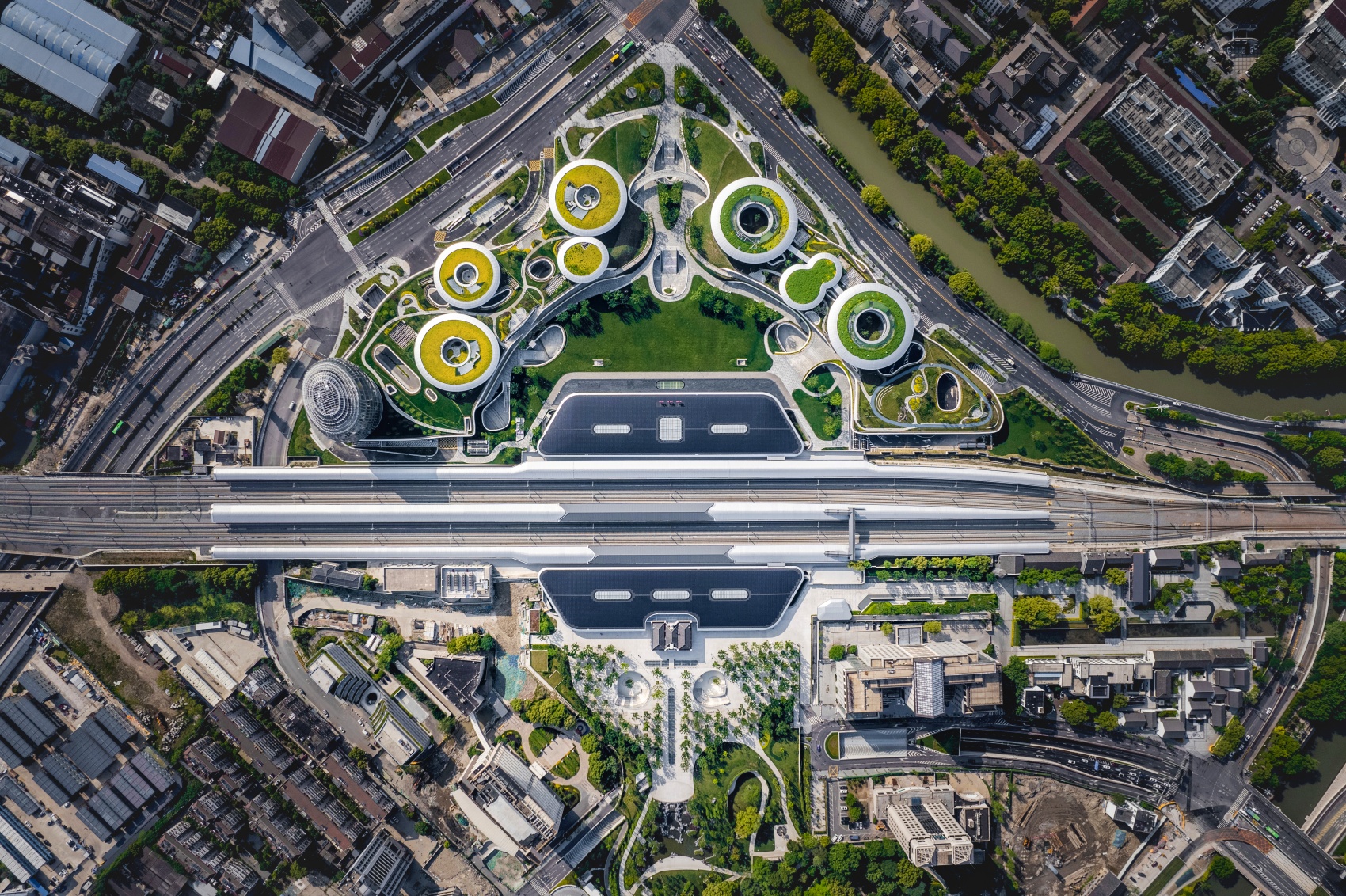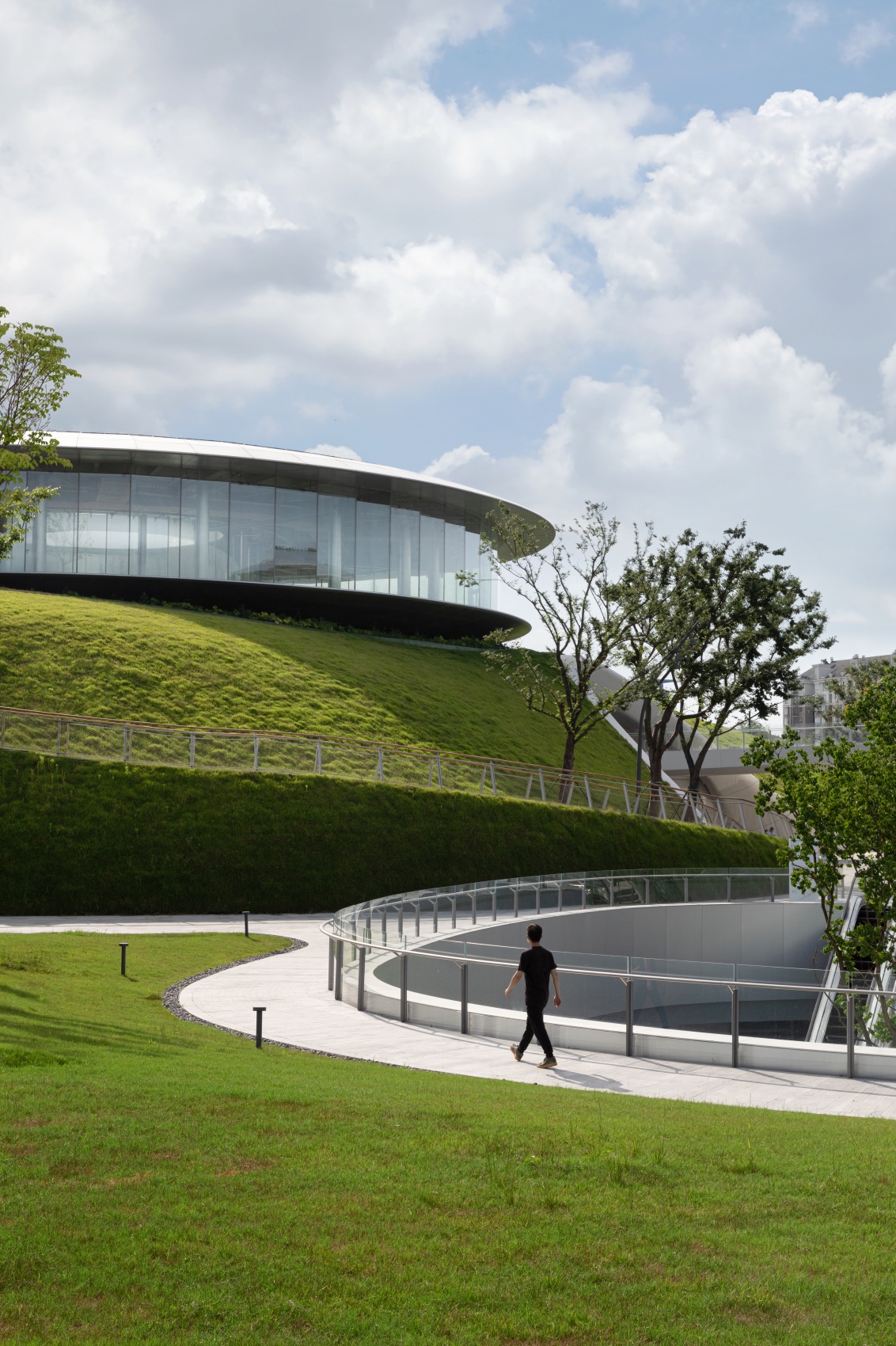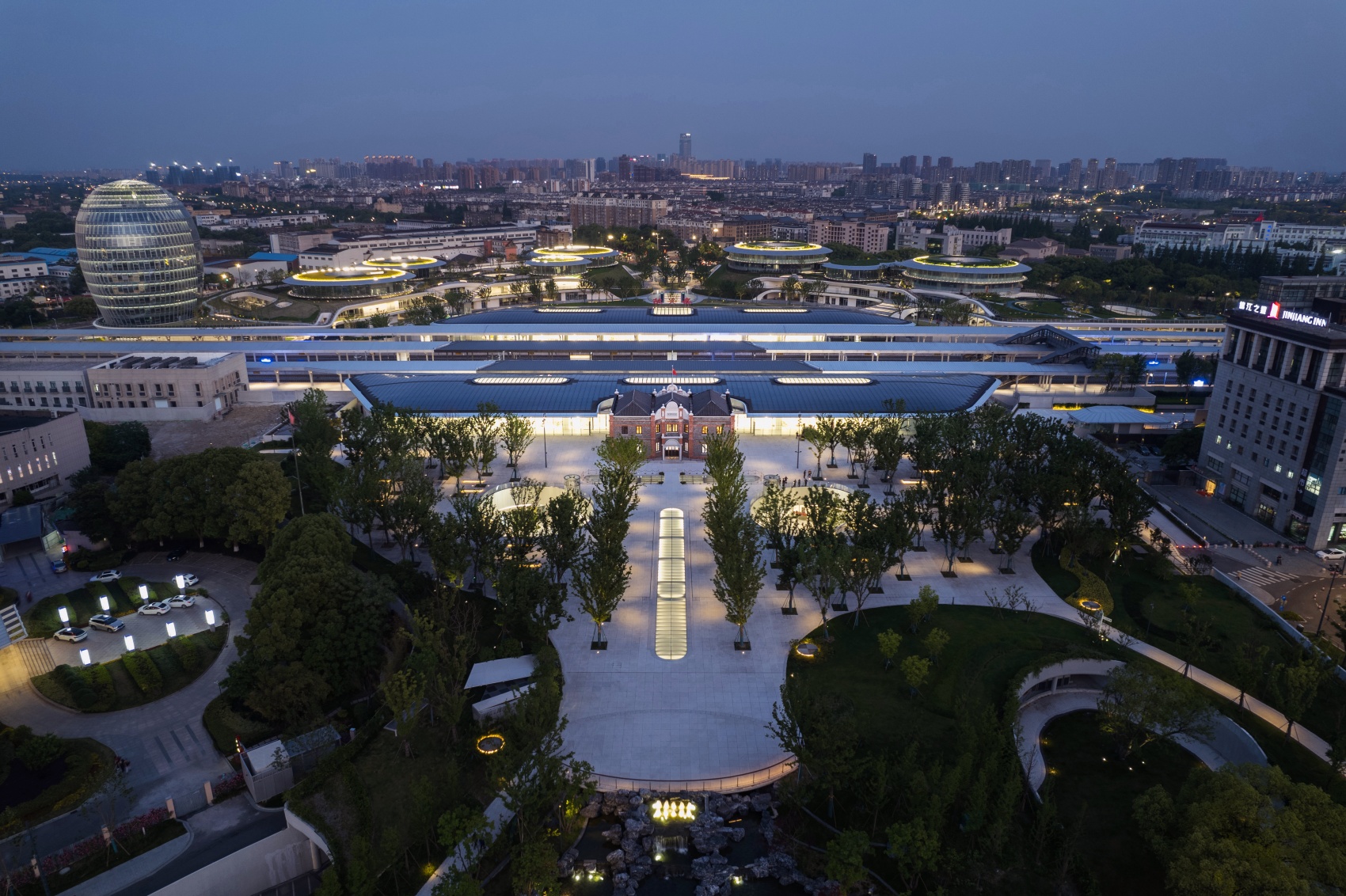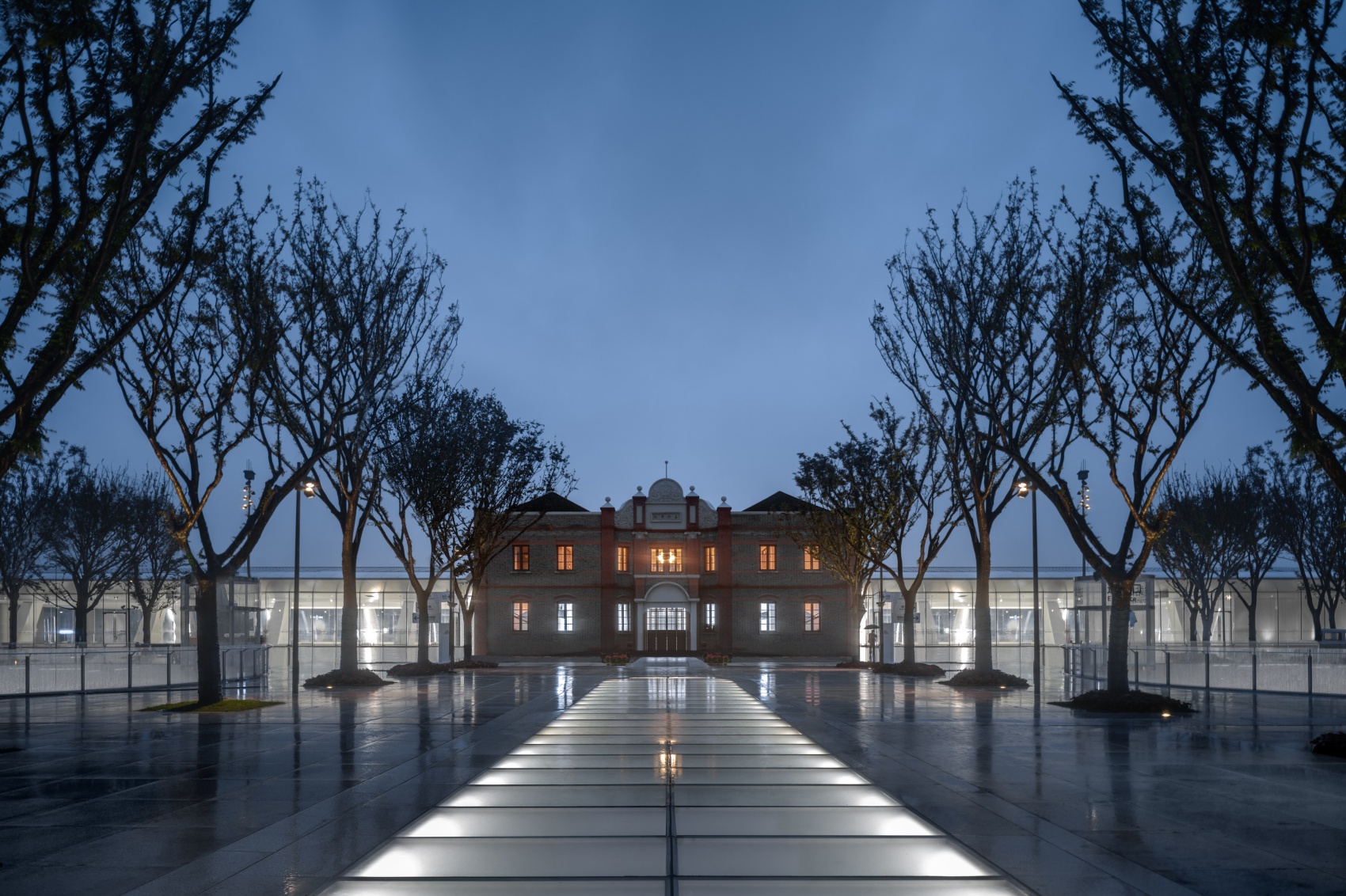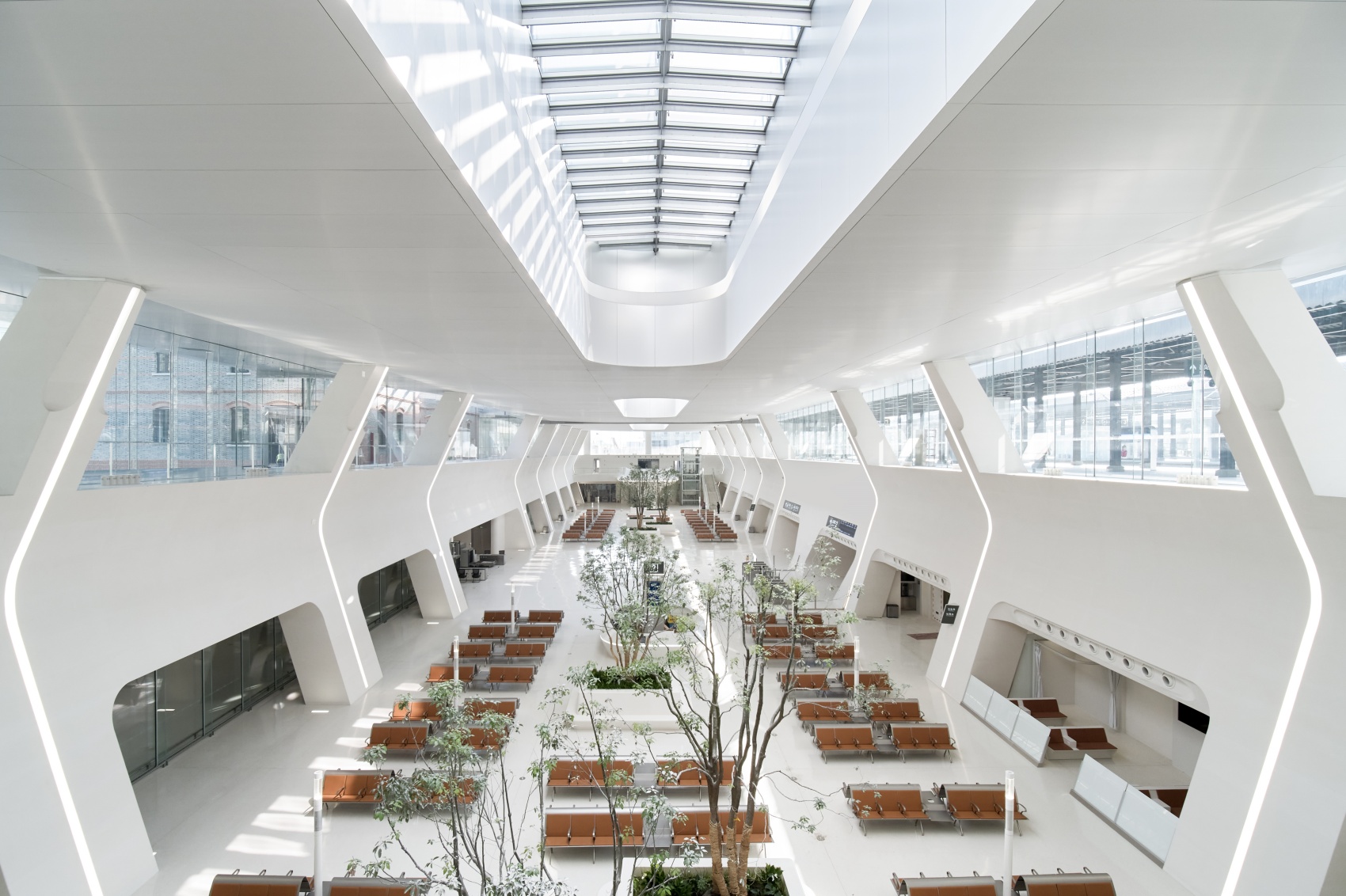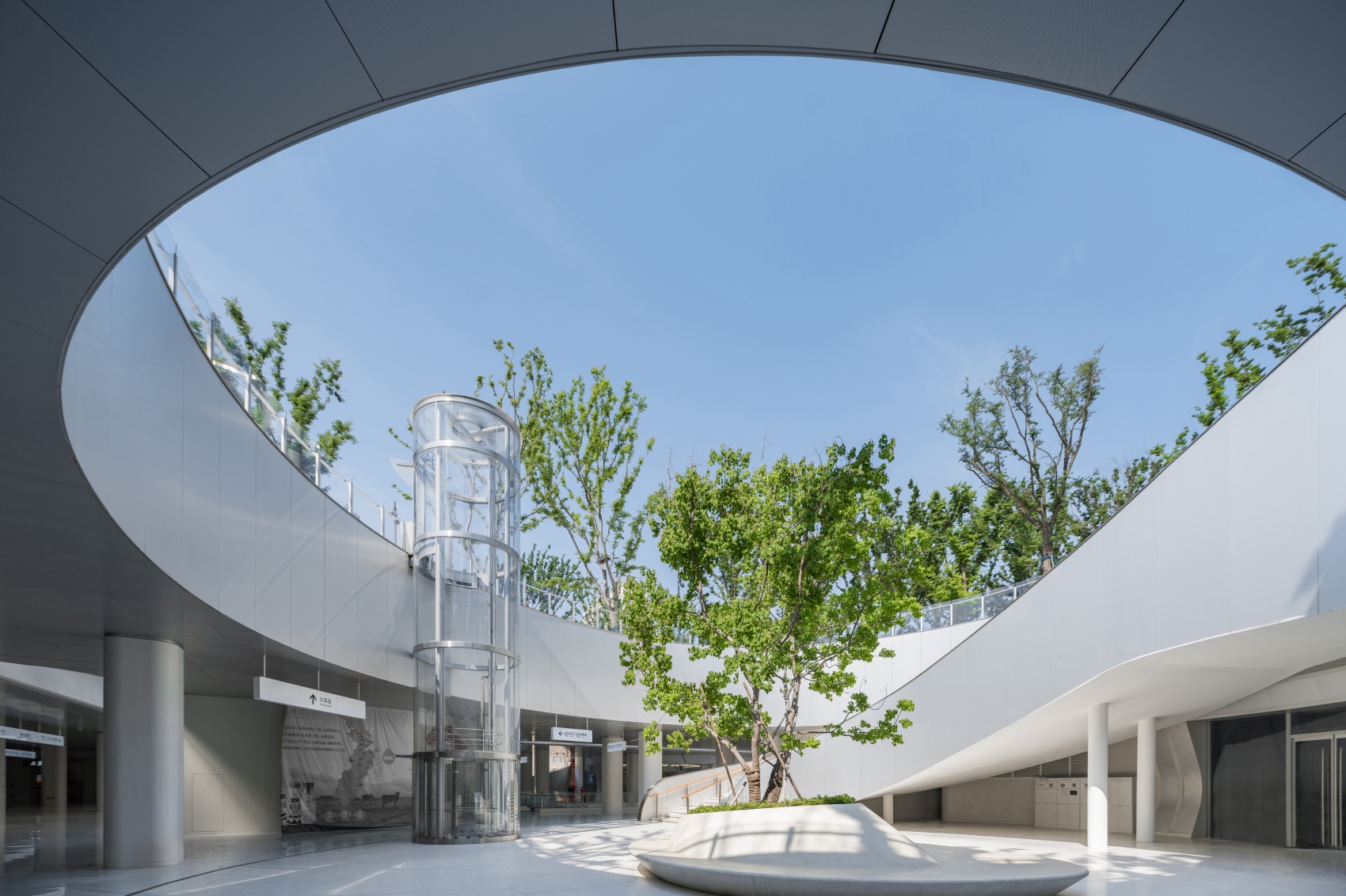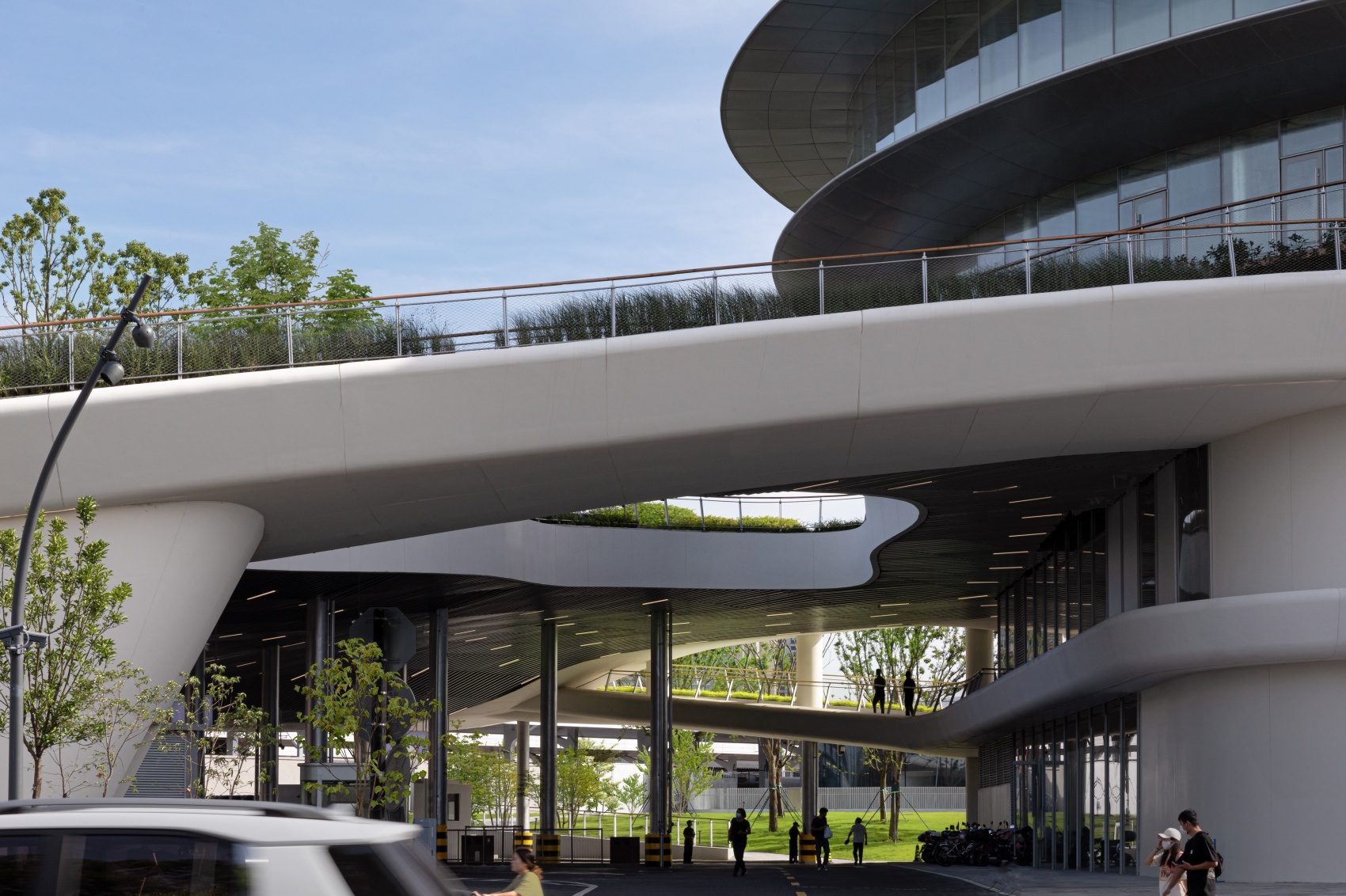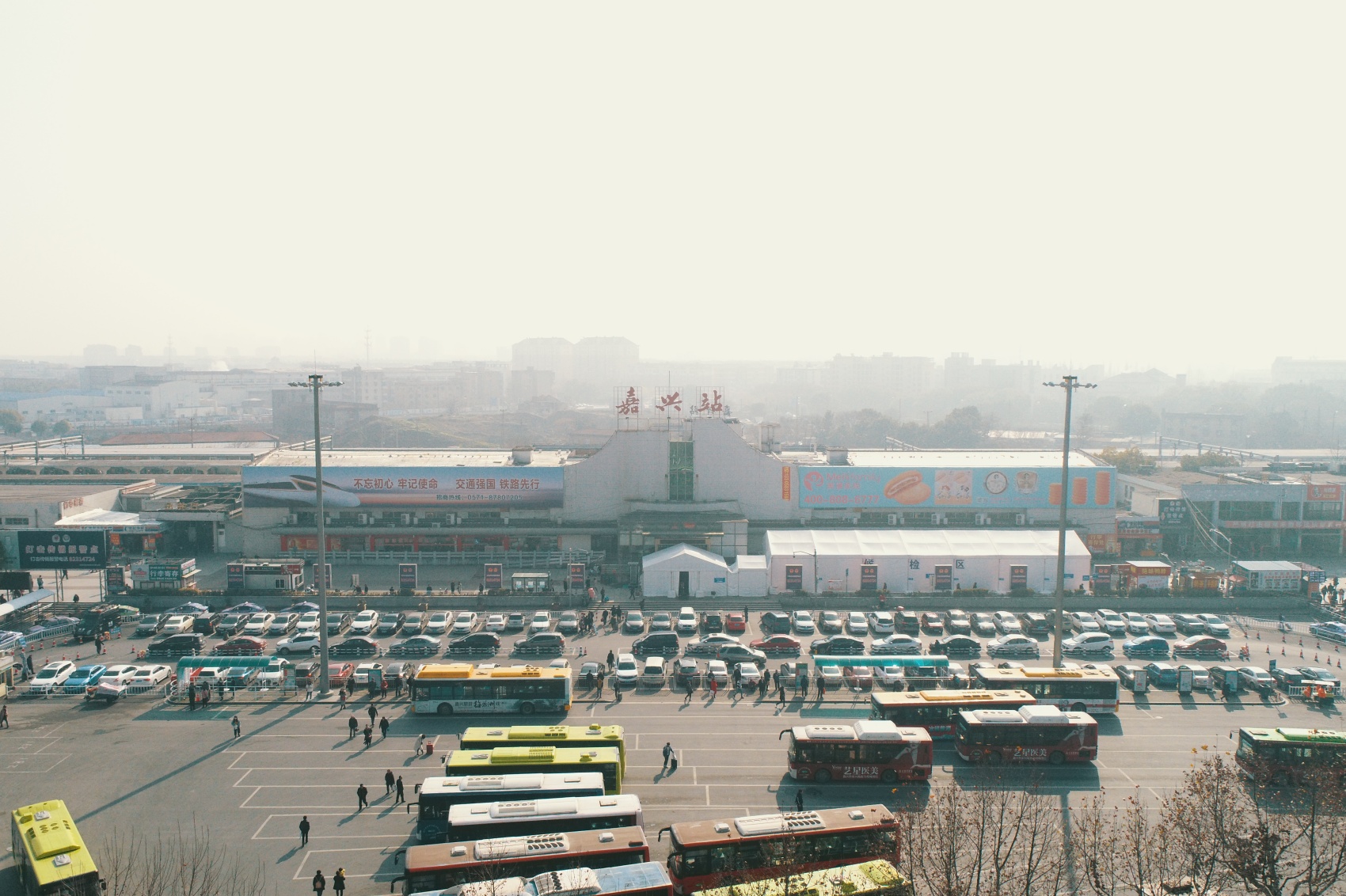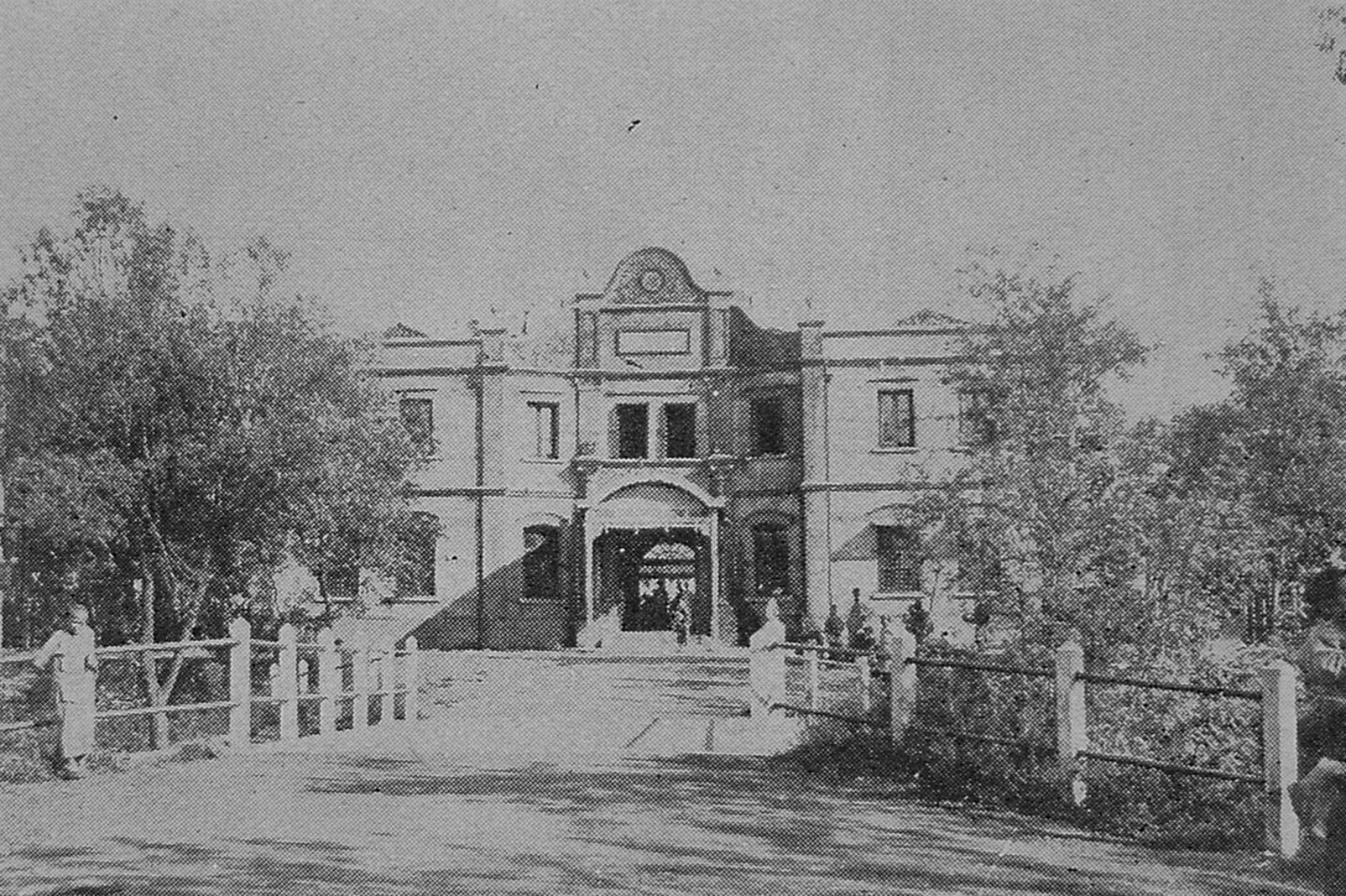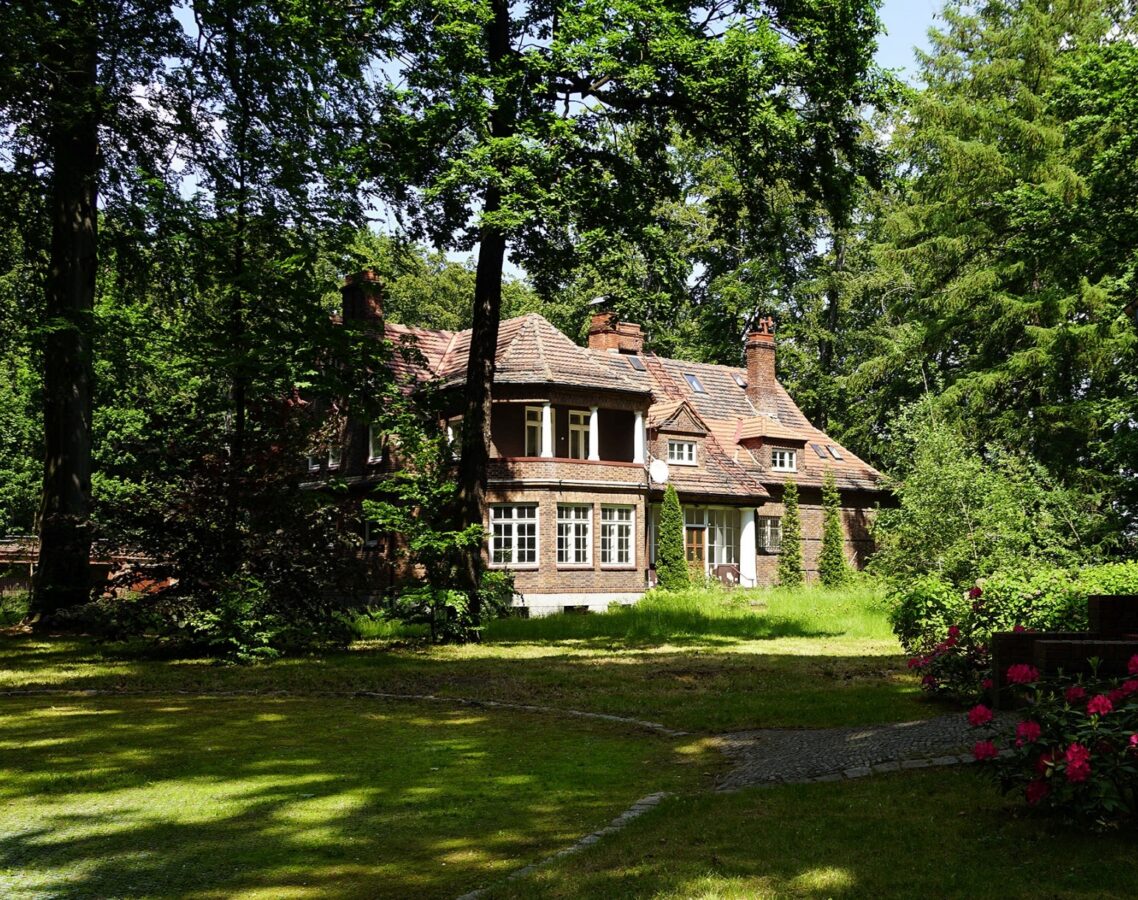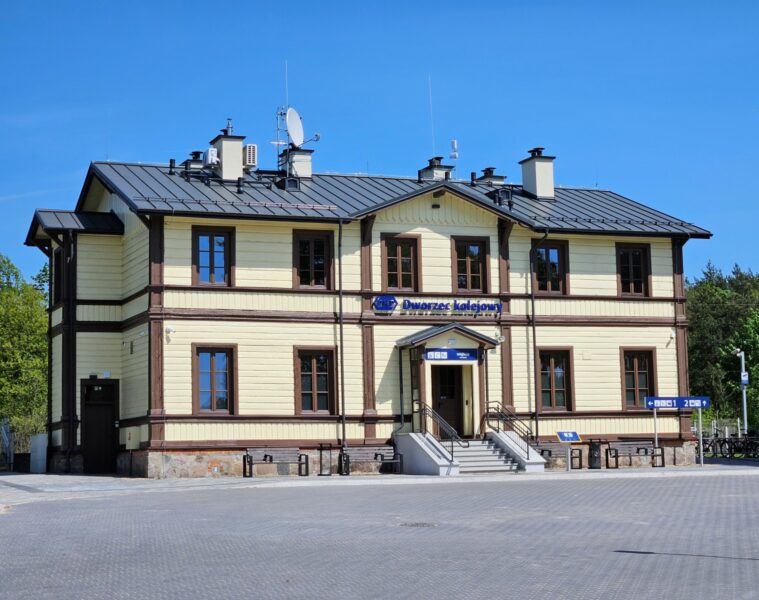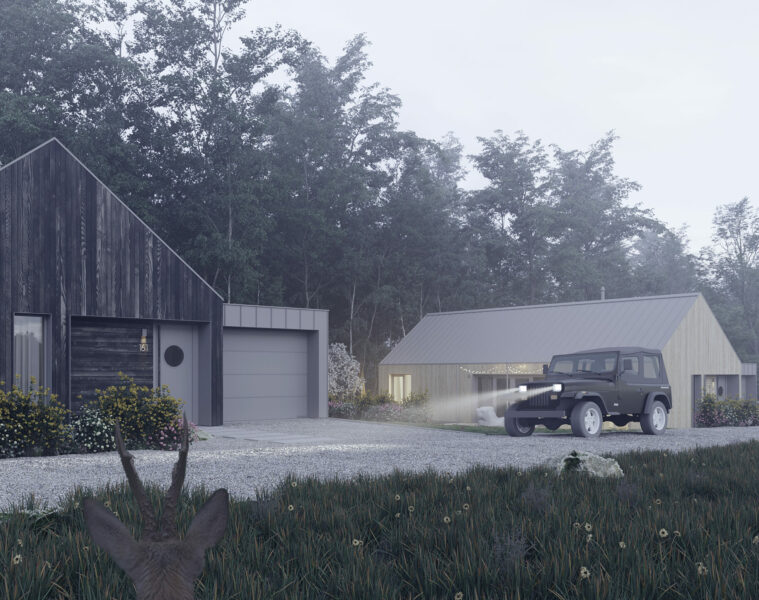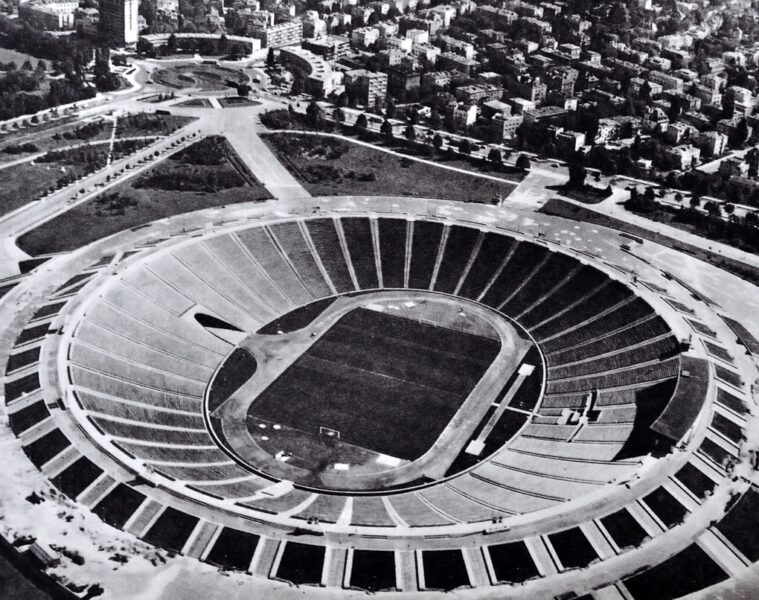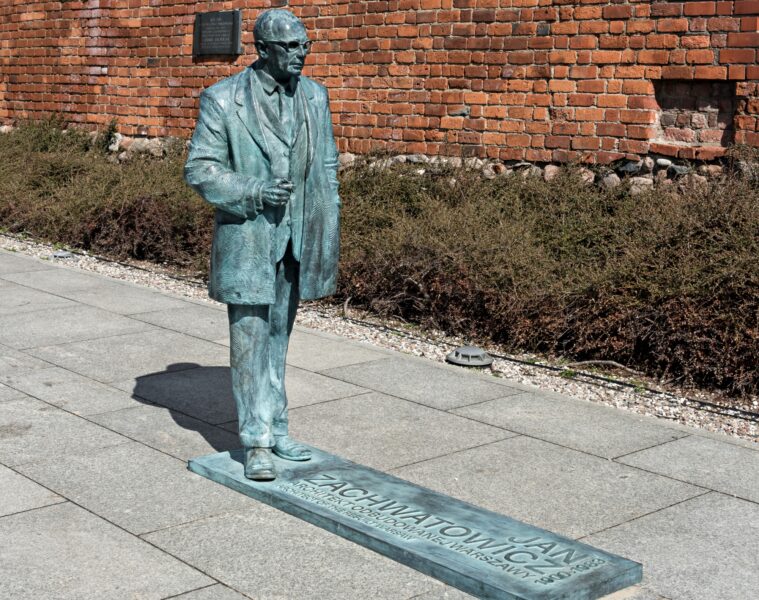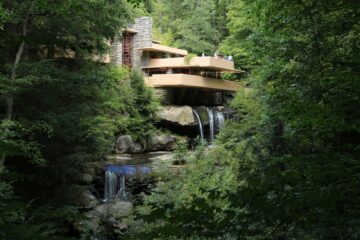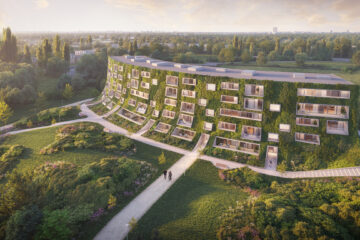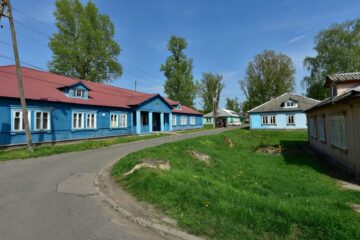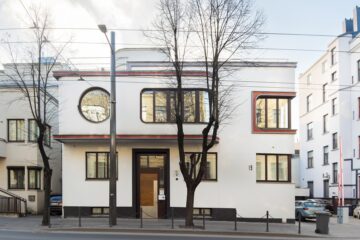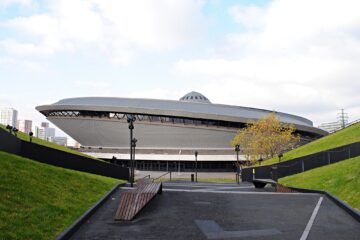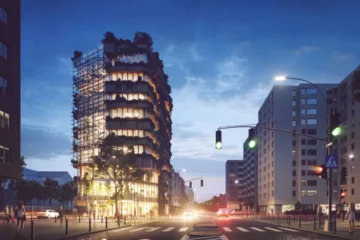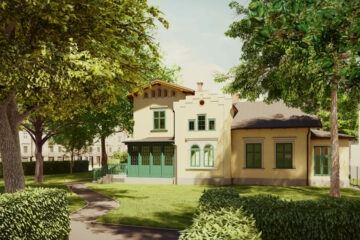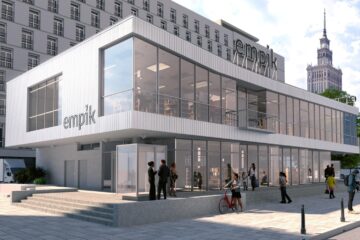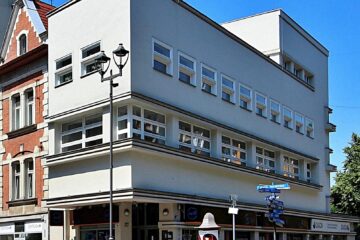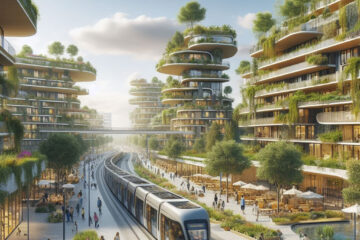The railway station in the city of Jiaxing in China is an example of a green metamorphosis. The new facility has already been used by residents for almost three years. The area around the station has been connected to a nearby park and has been supplemented with integration areas for residents. The building, designed by MAD Architects, patched up the hole in the fabric of the city created by the previous station from the 1990s. All of this was created while respecting the history of the more than 100-year-old Jiaxing station.
The first railway station in Jiaxing was built in 1907, with the construction of the Shanghai-Hangzhou line. Despite its inconspicuous appearance, the station was one of the largest on the railway line from Shanghai. The station was bombed during the Japanese invasion of China and later rebuilt by the occupation authorities.
Twenty years after the war, the city had developed so rapidly that the authorities ordered the rebuilding of the entire railway line and station. The historic building was not demolished until the 1990s. The hall of the new station could accommodate up to 1,500 people. However, such a capacity was clearly inadequate for Jiaxing’s rapidly growing population. The station was opened in 1997 and just ten years after its opening, work began on another station, which became the source of many problems. It turned out that the station’s equipment was already outdated in the year of opening. A sizable car park was also created in front of the station, which had a negative impact on the aesthetics of the whole building. Wide roads and empty squares were created around the station. As a result, the surroundings of the facility turned the new station into a concrete island in the city centre.
Here comes the new
Today, Jiaxing is a prefectural city of Zhejiang province. The largest city in the region is the provincial city of Huangzhou with a population several times larger. Nevertheless, Jiaxing is a thriving urban centre with a metropolitan area population of up to 5.4 million. For this reason, the construction of a modern station integrated with the rest of the city was necessary.
The station designed by MAD Architects reconnected the railway with the urban fabric. The project can be divided into three parts: the new ‘floating’ metal roof over the platforms and hall, the reconstructed old station and the park with an artificial forest. The monumental roof appears to rest on glass walls. In fact, the difference in level between the above-ground platforms and the underground station hall creates the aforementioned illusion.
Some of the infrastructure has been hidden underground, allowing the area above to be greened. The interiors are white, minimalist and functional. There is room for greenery inside, and the whole is complemented by gently smouldering strips of white lights.
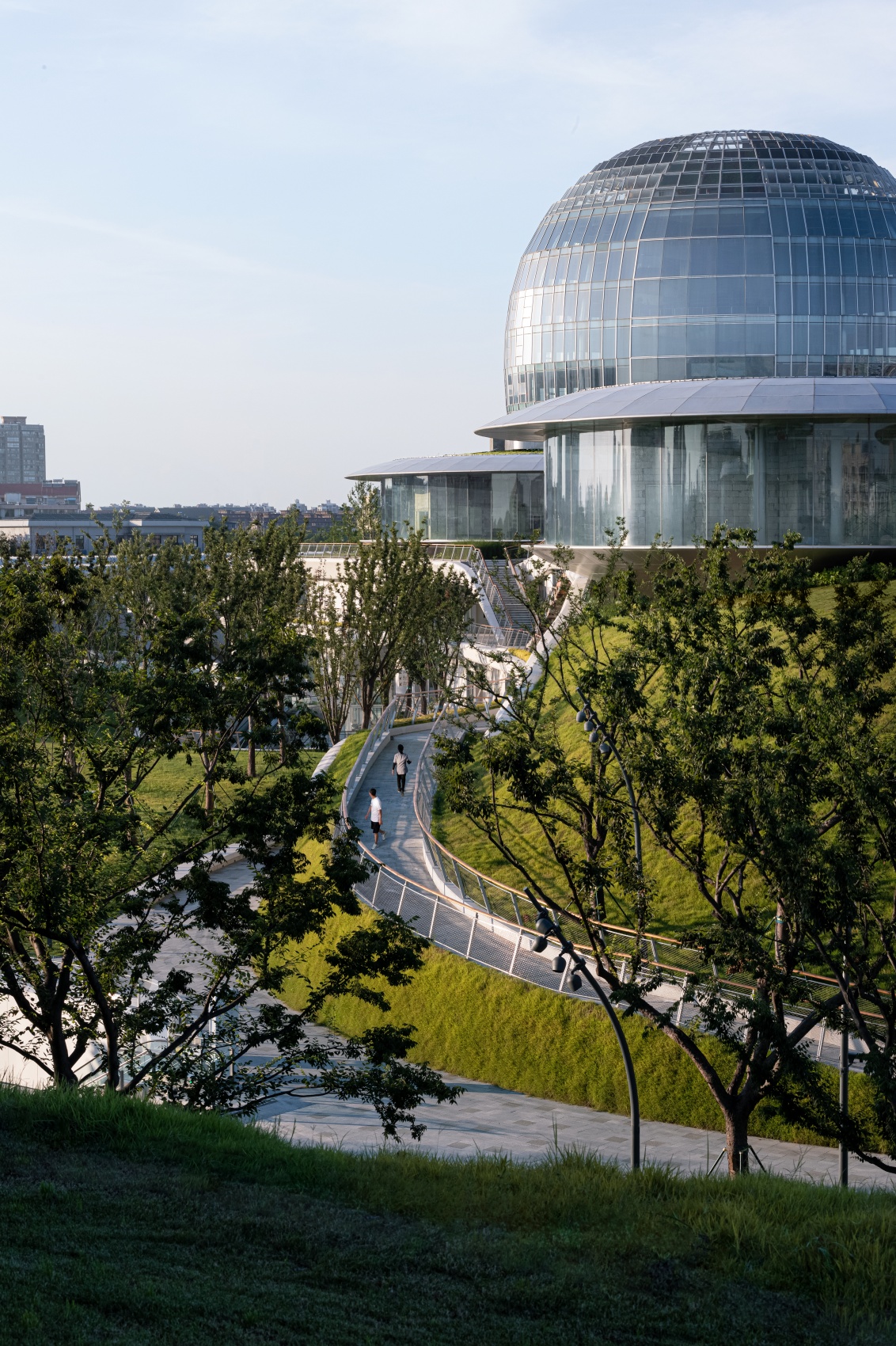
At this point, it is worth noting that although the station has only gained one more track, its area allows it to serve 2,500 passengers at a time. Currently, Jiaxing station has three double-track platforms. By 2025, the architects predict an increase in passenger numbers to 5.28 million people per year.
In front of the green station stands a rebuilt station from 1907. The building is intended to be a faithful copy of the original. Even the bricks needed for the reconstruction were obtained from the same lake from which the clay was drawn more than a century ago. Interestingly, the layout of the trees in front of the building is also intended to be reminiscent of the 1907 original. This part of the station is the Jiaxing Station Museum.
Cherry blossom
The MAD project station has created a new space for all residents. More than 1,500 trees of various species have been planted. Some of the more interesting ones include the sequoia or the sakura cherry tree. In the south, seven buildings have been built on a circular plan. Shops and services are located in the middle. The circular buildings and the green space between them are ideal for cultural events. It is worth mentioning that the area is full of hills and viewpoints, further adding variety to the space.
With the permission of the city authorities, it has been possible to connect the station to the Jiaxing districts via public transport. The architects assume that in the coming years, business, housing and culture will return to the revitalised centre. Railway infrastructure is a key element in the development of many cities, something that Chinese architects understand very well.
PS I wrote about another interesting project by the MAD Architects studio in an article about the redevelopment of an abandoned cement factory in Shanghai, which you can read HERE.
Photo source: MAD Architects
Also read: railway station | Greenery | Railway | China | whiteMAD on Instagram

